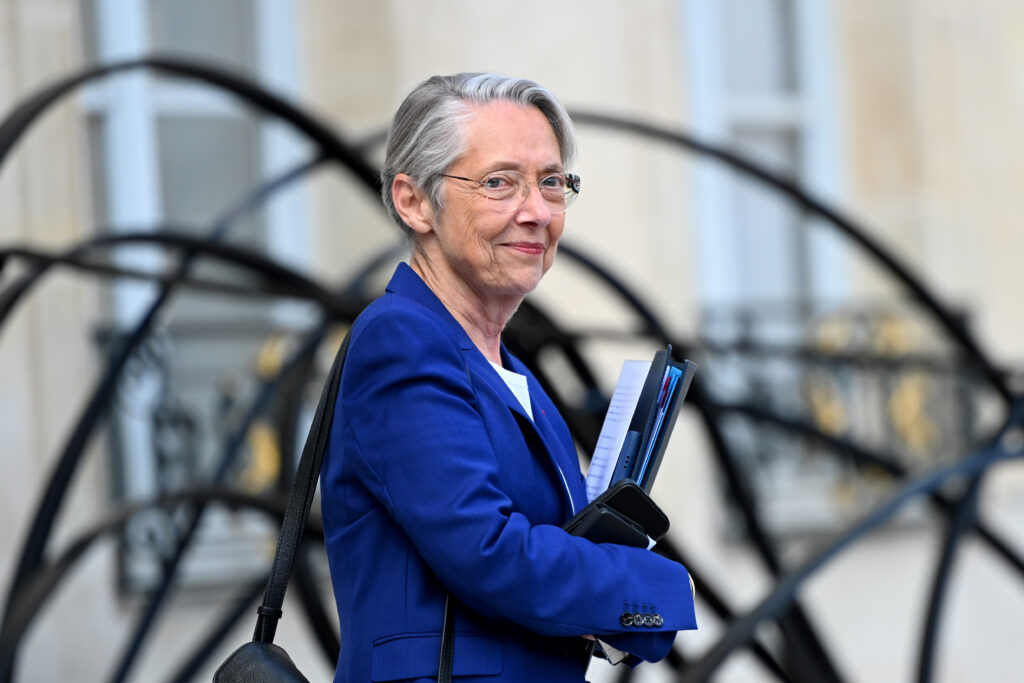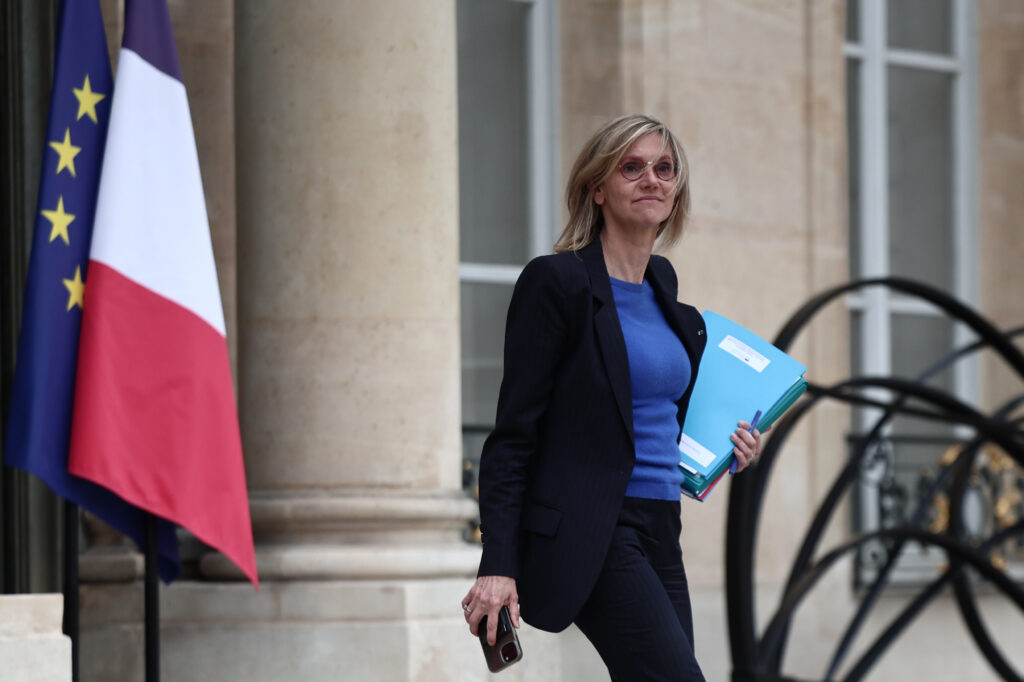Interdiction du voile pour les moins de 15 ans: Borne doute de sa constitutionnalité
La ministre de l’Education Elisabeth Borne a affirmé dimanche avoir “les plus grands doutes sur la constitutionnalité” de l’interdiction du port du voile pour les filles de moins de 15 ans proposée par le parti Renaissance, dirigé par Gabriel Attal.”Les équipes de Gabriel Attal travaillent sur la constitutionnalité de la mesure: je le dis, à titre personnel, j’ai les plus grands doutes sur la constitutionnalité de cette mesure”, a déclaré la ministre au micro de BFMTV.Renaissance souhaite interdire le voile dans l’espace public pour les mineures de moins de 15 ans, et prône une “deuxième loi séparatisme” après celle de 2021, a confirmé le parti mardi.”Quand on est face à une menace grave, il faut ne s’interdire aucune piste et ensuite il faut travailler pour proposer des mesures rigoureuses, constitutionnellement solides et applicables” a déclaré Mme Borne, appelant à “prendre le temps d’en débattre aussi” au sein du parti dont elle est une figure.”Comme beaucoup de Français, je suis évidemment interpellée quand je vois une petite fille qui porte un voile. Je note que ça n’est prescrit nulle part dans l’islam”, a également estimé l’ex Première ministre.”C’est un symptôme sans doute que la petite fille a une éducation qui n’est pas conforme aux valeurs de la République, mais il va de soi que si on devait interdire certains signes religieux, alors il faudrait interdire tous les signes religieux, les interdire dans l’espace public qui n’est pas un espace neutre (comme) l’école”, a-t-elle développé.”Ensuite, il y a une question d’applicabilité: est-ce qu’on imagine que des policiers vont interpeller, verbaliser des petites filles ?”, a demandé Mme Borne.Un rapport sur les Frères musulmans commandé par le gouvernement pointe une “menace pour la cohésion nationale” avec le développement d’un islamisme “par le bas”, au niveau des municipalités, un texte examiné mercredi en Conseil de défense.Ses auteurs s’inquiètent notamment d’une “rigorisation de la pratique religieuse”, avec une “explosion du nombre de jeunes filles portant une abaya et l’augmentation massive et visible de petites filles portant le voile”.









